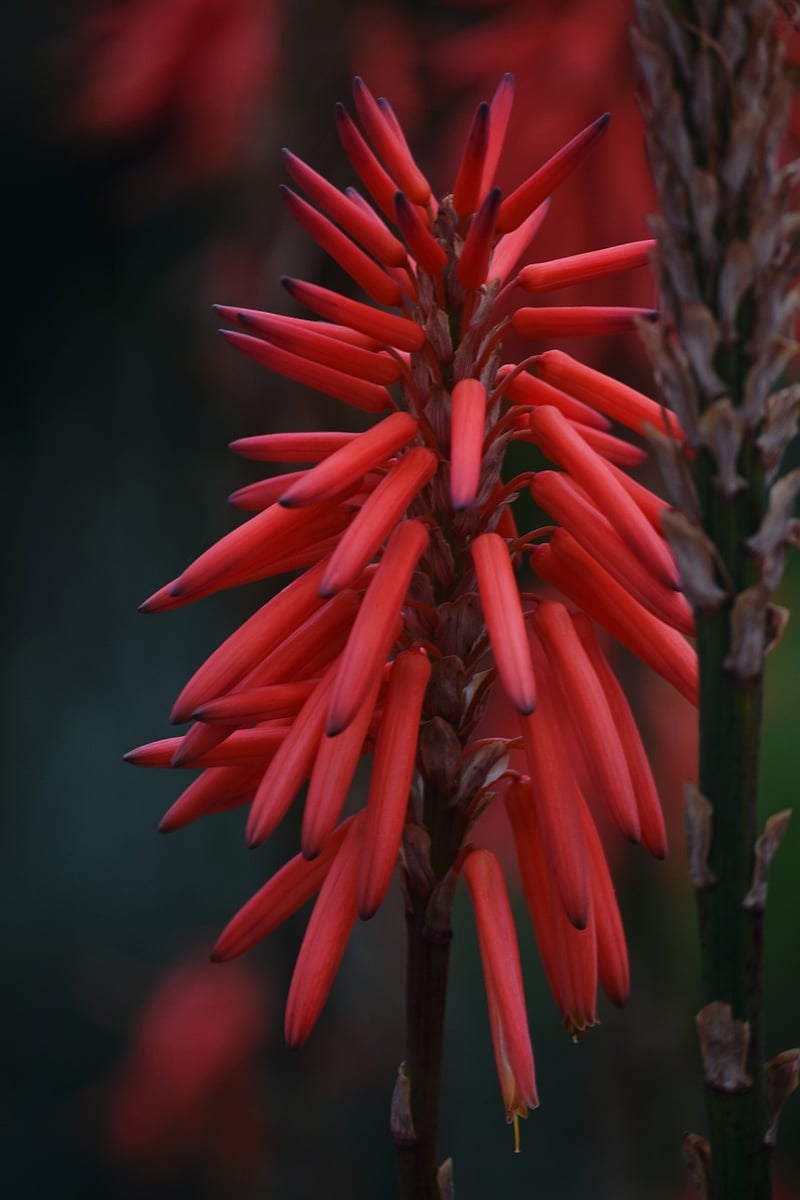Drought-Resistant Species

Choosing the Right Plants for Your Garden
Introduction
Creating a vibrant and sustainable garden starts with choosing the right plants. Whether you're a seasoned gardener or just starting, selecting the perfect plants can make a significant difference in the success of your garden. In this guide, we will explore essential tips to help you choose the right plants and introduce you to drought-resistant species that thrive in various conditions.
1. Understanding Your Garden's Environment
Before selecting plants, it's crucial to assess your garden's environment. Consider factors such as sunlight exposure, soil type, and climate. Understanding these conditions will help you choose plants that are well-suited to thrive in your garden.
2. Choosing the Right Plants
When selecting plants, consider the following:
- Native Plants: Opt for native plants as they are naturally adapted to your region's conditions.
- Water Requirements: Choose plants that match your garden's watering capabilities to ensure they stay healthy.
- Growth Habit: Consider the size and growth habit of plants to prevent overcrowding in your garden.
- Seasonal Interest: Select plants that offer visual interest throughout the seasons for a dynamic garden.
3. Drought-Resistant Species
Drought-resistant plants are excellent choices for water-wise gardening. These species have adapted to thrive in arid conditions and require minimal watering once established. Here are some popular drought-resistant plants:
Succulents
Succulents, such as image, are known for their water-storing capabilities, making them perfect for dry climates.
Lavender
Lavender, like this image, is not only drought-resistant but also adds fragrance and beauty to your garden.
Agave
Agave plants, such as this image, are hardy and require minimal maintenance, making them ideal for low-water landscapes.
Conclusion
By understanding your garden's environment, choosing the right plants, and incorporating drought-resistant species, you can create a beautiful and sustainable garden that thrives with minimal water input. Start planning your garden today and enjoy the benefits of a well-curated outdoor space.